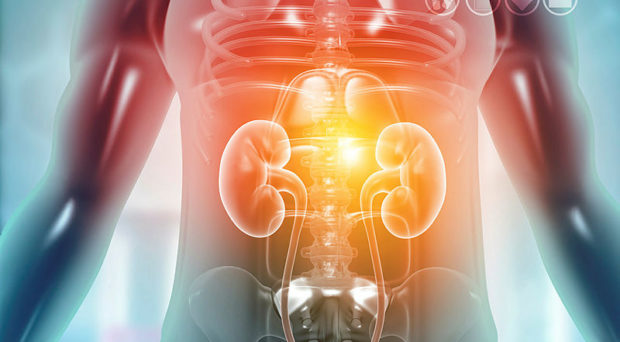
由于潜在的肾脏移植受者的数量超过了可用的器官,因此非常关注降低同种异体移植的丢弃率并增加活捐赠者的数量。在美国,肾脏移植的等待名单上有107,000个人,每年在美国进行大约30,000次移植。在北美和欧洲,全球进行了大约95,000次肾脏移植。已经有一项平行的举措,可以通过教育和宣传运动来促进移植的选择。需要这些程序来支持为医学合格接受者提供移植的总体目标。由于移植是一种如此有限的资源,因此对于缩小列出移植的人的差距和同种异体移植的可用性同样重要,应在于保存/延长同种异体移植物存活方面工作。
Polyoma virus BK Nephropathy (PVBKN) is a challenging issue in transplant. While PVBKN has an incidence of less than 10% of transplant recipients, it can lead to significant graft loss through rejection episodes and difficulty in clearing the virushttps://doi.org/10.1111/ajt.14314. Early detection of the virus can provide a window for reduction of immunosuppression and possible use of antiviral agents to allow for allograft preservation.
Nili et al. in a recently published study looked at the use of immunohistochemistry studies of biopsies to enhance the diagnosis of PVBKN, Histopathologic evaluation, the gold standard, detects nuclear viral inclusion bodies. The addition of immunohistochemistry staining for SV40 picked up additional cases of PVBKN not noted to have the classic pathologic changes. These cases were hypothesized to be identified earlier in the evolution of the PVBKN.
Noninvasive testing has not provided a consistent reliable means for diagnosis as the degree of viremia and viruria may not correlate with disease. Given that most cases of allograft dysfunction will be evaluated by renal biopsy and the addition of the immunohistochemistry staining for SV40 is widely available and low cost, this seems an approach that should be adopted by transplant centers as routine. This may be more feasible than surveillance of screening for viruria or viremia for many years as there is the potential for PVBKN many years post transplantation. Another key factor to keep in mind is that many transplant recipients may not be followed by transplant nephrologists or transplant centers for routine care and may not be getting surveillance screening of blood and urine due to cost or availability of resources. The ability for early diagnosis and intervention to help preserve allograft function even for a few cases would be valuable for long term allograft preservation. This study highlights the need to continue efforts toward improving allograft survival and identify cost effective interventions that can readily be incorporated by many centers. Ongoing dissemination of best practices is another key part of the improving care.
Comments